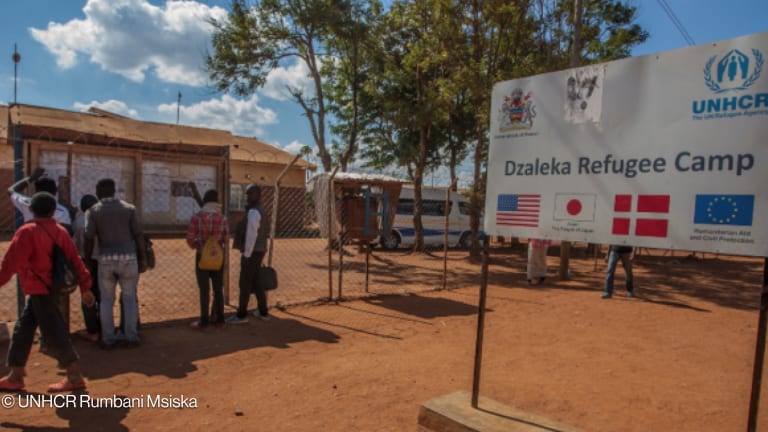The unraveling of USAID is set to affect programs that focus on migration and displacement in regions close to the United States, such as Latin America, and farther afield in places such as East Africa.
This loss of funding will affect governments’ tools to manage migration in ways that cannot be easily reversed, experts told Devex.
The Washington, D.C.-based think tank Migration Policy Institute, or MPI, has estimated that the funding cuts to programs focused on these issues could cost $2.3 billion. Of this funding cut, $200 million was earmarked to deter irregular migration from Central America — which could hurt U.S. interests in the long run as it ends funding meant to help would-be migrants continue living where they are, according to MPI’s analysis of leaked documents shared with Congress.








